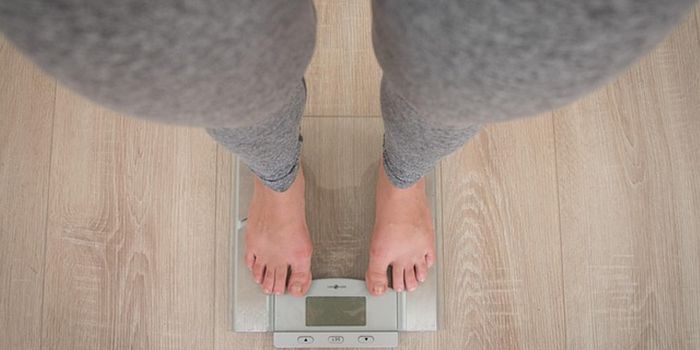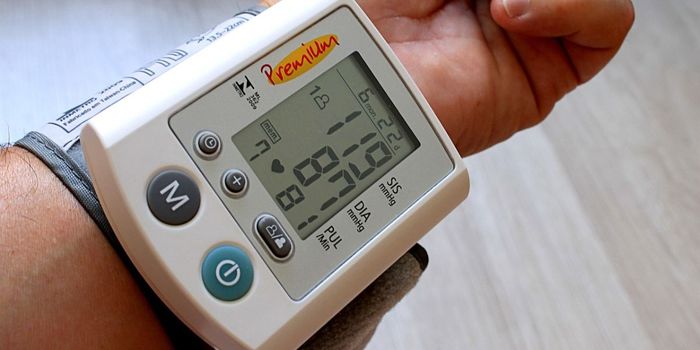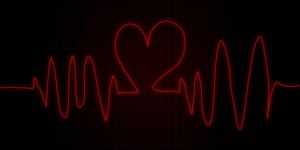Adaptations Of The Heart To Chronic Exercise
We have all heard that exercise is good for us, particularly for the heart, but many don’t understand precisely how regular, long-term activity affects the heart. Here we will go in depth about some of the hearts adaptations to chronic exercise, and why they matter.
The first on the list of adaptations the heart will experience when challenged by chronic exercise is cardiac hypertrophy. That translates into an increase in the size of the heart muscle, specifically the muscular left ventricle which is responsible for pumping blood through the entire body. A stronger heart means blood can be ejected more forcefully and more blood is moved by a single beat. The state of being able to pump more blood in a single contraction is called an increased stroke volume. Not only is this the case when a fit individual is actively exercising but also, in a trained individual at rest.
Next is a person's resting heart rate. Because a stronger heart moves blood more efficiently, it need not work as hard or pump as frequently to do so. This is why trained individuals have a decreased resting heart rate without any lowering to the amount of blood that is circulated.
Additionally, chronic exercisers benefit from an increase in the number of capillaries they have to serve blood to the skeletal muscle and the alveoli in the lungs. The alveoli are responsible for the efficiency of gaseous exchange in the lungs meaning more oxygen makes it into the bloodstream of the cardio addicted.
The next benefit of chronic exercise is a reduction in resting blood pressure. High blood pressure is linked with a number of dangerous cardiovascular events including stroke. This is why in the doctor's office they check your blood pressure. This heart data is a dependable way to measure the health of your cardiovascular system.
The next adaptation in the heart is a decreased heart rate recovery time. This is a measure of how long it will take your heart rate to return to normal after strenuous exercise. This is one of the more obvious indications of a fit or unfit individual in the field because it’s easily observed. For that reason, heart rate recovery time is commonly used in sport by coaches and personal trainers as a fitness test in the field.
Finally, the last adaptation of the heart to exercise is an increase in total blood volume. This happens in two ways. Firstly, because exercise causes the kidneys to retain extra water, exercisers see an increase in the volume of blood. Additionally, the body produces more red blood cells to keep up with the increased demand on the heart caused by chronic exercise.
Beginners looking to reap the benefits of exercise should start slow. Those with any health concerns and those over the age of 45 should first check with their primary care provider before starting an exercise program. At first, exercise professionals recommend starting at near 60% intensity for about 20 minutes and gradually building up from there as the body adapts. The eventual goal should be closer to an hour of cardiovascular exercise most, if not all, days of the week. Luckily this need not be something as grueling as say running for example but can be anything that adequately raises the heart rate to about 70-80% maximum exertion. Many people find their selected mode of exercise more closely resembles recreation than it does traditional ideas of fitness. Some of the more popular cardiovascular exercise types include jogging, hiking, rowing, paddling or cycling and there is something for everyone.










